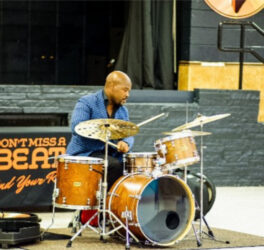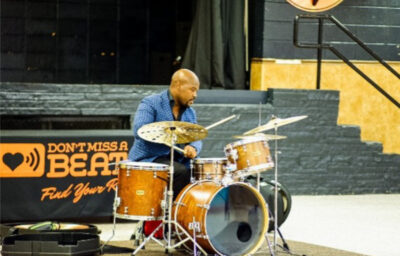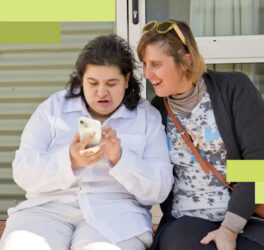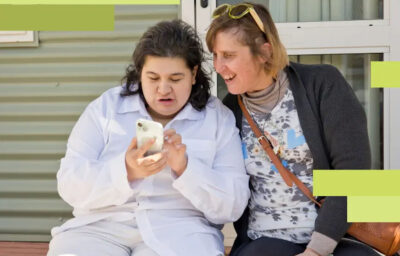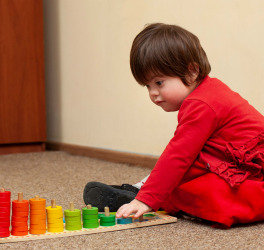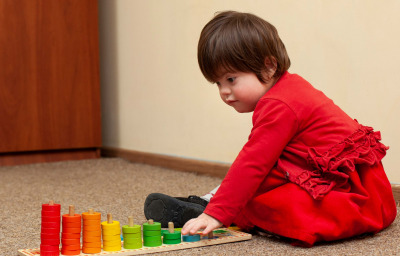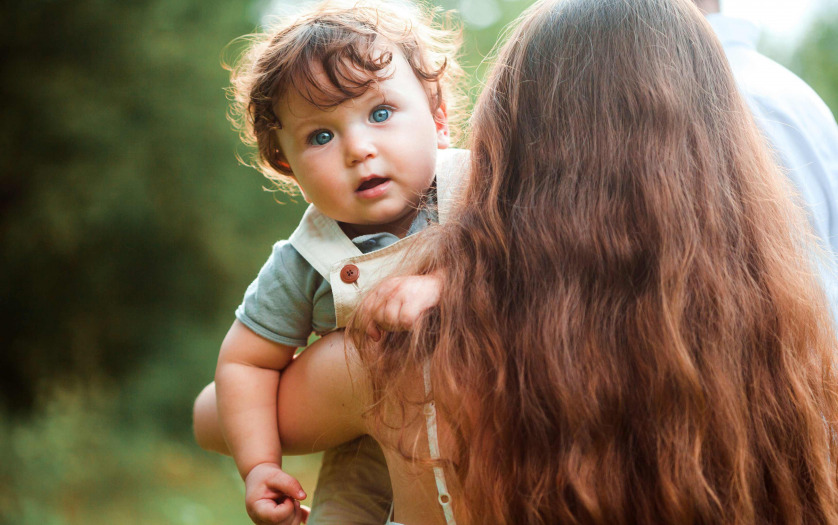
The joy of seeing a baby evolve through ultrasound was not available to parents with vision disabilities but with a 3-D model printed based on the utero ultrasound image, this is set to change.
Ellis is blind but technology allowed her to get a 3-D bas-relief model from the in utero ultrasound image of Rosalie’s face. “It feels super-real when you can feel it,” she was quoted as saying in a news report, adding it was like she was pregnant for the first time because she had so much detail.
Receiving a 3-D bas-relief model of her baby’s face in the mail was “really emotional” for Taylor Ellis, 26, a blind woman in Cockeysville, Md. “I was a little bit nervous about opening the box,” Ellis said. “I had never seen a 3-D [image], and now, it’s your baby, and it’s, like, wow.”
The idea evolved from a procedure developed several years ago at Johns Hopkins Hospital in Baltimore for fetuses with spina bifida. Jena Miller, an obstetrician, and surgeon with the Johns Hopkins Center for Fetal Therapy realized that a 3-D printer would allow her to get a clear image of the spines of babies who needed surgery in utero for spina bifida.
Called fetoscopic myelomeningocele repair, the surgery is conducted through two small ports in the mother’s uterus. Surgeons in the past opened the uterus to perform the surgery on the fetus’s spine. This newer procedure, Miller said, means that the surgical team practices the minimally invasive surgery ahead of time — using a 3-D model of the baby tucked inside a soccer ball — “so we can know and anticipate as much as possible.”
Research hospitals such as Johns Hopkins have long used 3-D printing technology to create models of human organs and fetal hearts for surgery, to form prosthetics and even to make ventilator splitters, which can allow one ventilator to treat multiple patients.
The use of 3-D technology to create models of the fetus for blind parents was the brainchild of one of the ultrasound sonographers at the hospital, Miller said.
The 3-D ultrasounds are used for only those patients who might need a more detailed view of the fetus for diagnostic purposes. When the sonographer realized they were doing a scan for a blind mother, she asked Miller, referring to creating a 3-D model: “Do you think this is something we can do?” Miller responded, “See if you can capture a good picture.”
Since the 3-D ultrasound doesn’t scan the entire body of the fetus, the team decided the face was the obvious choice for an image.
Ellis and her husband, Jeremy Ellis, who is also visually impaired, have two daughters, ages 5 and 3. When they were born, Taylor Ellis said she had some vision. But since then, her glaucoma has gotten worse, so the chance to know baby No. 3 this way was a new world.
“It feels super-real when you can feel it,” she says. It was almost like she was pregnant for the first time because she had so much more detail. The ultrasound experience can be frustrating even for sighted parents, Ellis said, because technicians are limited in how much real-time description they can offer parents during the procedure. If the fetus has a problem, it is the doctor’s role to explain that, she said.
Miller said she was not aware of any hospital, other than Johns Hopkins, offering this service. The material cost is estimated to be about $1.40, and each print takes about 3.5 hours.

